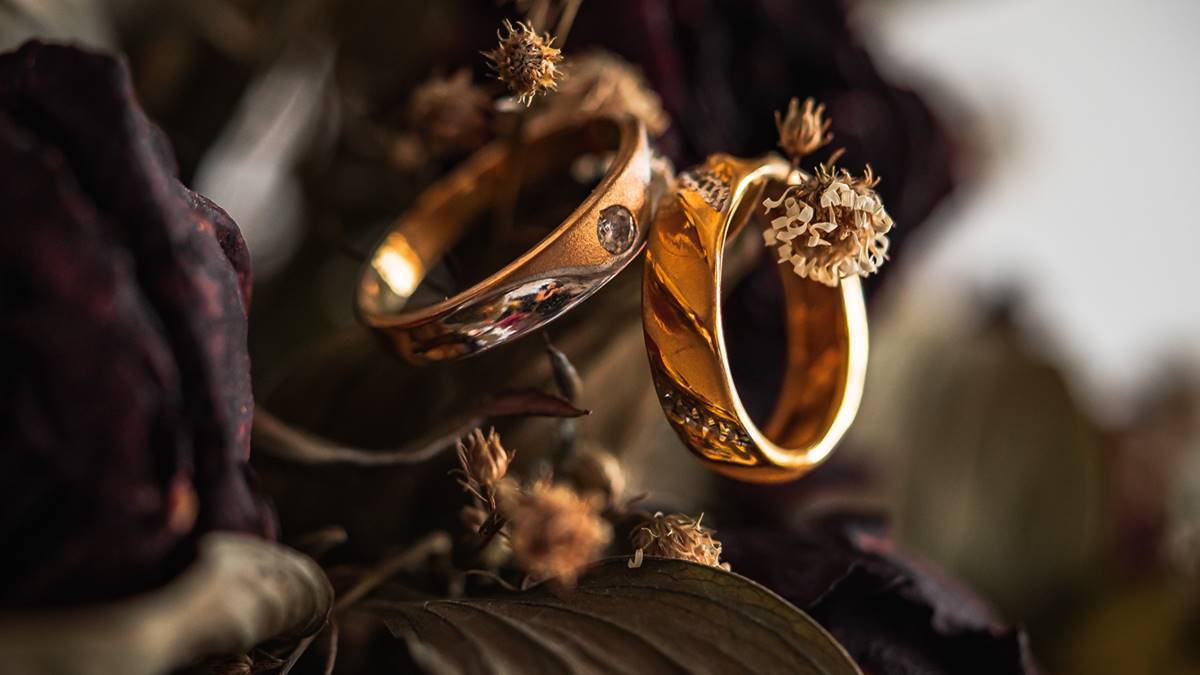Gold represents the pared-down elegance of the best jewelry essentials and wardrobe staples in the most sumptuous materials without the loudness of logomania or the in-your-face conspicuous of monograms and status symbols.
Gold has mythopoeic qualities. Untarnished and endurable, it is gold that is valuable, both in our mind’s eye and in reality, as a global store of value and medium of exchange. The precious metal itself has been central to ideas about identity, display and status. It has defined social position, signified wealth, given iconic, quasi-religious status to royalty and grandeur to ecclesiastical dress.
The history of gold luxury dresses is a story of opulence, glamour, and sophistication, In the modern era, gold is used to create luxurious gowns for the wealthy and powerful. These gowns are often adorned with intricate embroidery and beading. Gold is also used to create jewelry and accessories for the wealthy.
Gold luxury dresses are a timeless symbol of wealth and status. They are a reminder of the power and beauty of the past and a reminder of the beauty and sophistication of the present. Whether you are looking for a timeless classic or a modern statement piece, gold luxury dresses are sure to make a statement.
When it comes to special occasions, nothing says luxury quite like a gold dress. Whether you’re attending a wedding, a gala, or a formal event, a gold luxury dress can make you feel like a million bucks.
Like no other commodity, gold has held the fascination of human societies since the beginning of recorded time. Empires and kingdoms were built and destroyed over gold and mercantilism. As societies developed, gold was universally accepted as a satisfactory form of payment. In short, history has given gold a power surpassing that of any other commodity on the planet, and that power has never really disappeared.
Gold is perceived as a symbol of wealth, power, and majesty. Beyond jewelry and investment, there are several fascinating ways that gold is used in sectors such as healthcare, technology, and cosmetics. Back in 7th century BC, gold wires were used by dentists to hold teeth in place. Cleopatra, erstwhile Queen of Egypt who was renowned for her beauty, used gold for facials and other skin care treatments. As a symbol of royalty and wealth, gold has always found numerous uses in the field of textiles-be it in weaving, embroidery, and printing. It has been used over millennia as jewelry and a means of exchange.
It has had an exalted position throughout the ages as a highly coveted, even worshipped material. Being highly malleable and rust-resistant, gold can be hammered or pressed. Usually, it is either rolled into a cord or pounded flat and wrapped around a silk or cotton core. Later, it is embroidered or tied into fine fabrics.
Due to unavailability of polyester yarn and synthetic Zari, between 1960 to 1980 weavers used silver and gold thread for sarees. They used 22-karat to 24-karat gold coatings and more than 100 grams of gold. The pure Zari thread of those sarees is still sought after today as it can be worth thousands of rupees.
Due to its electro-conductive properties and biocompatibility, gold is skin-friendly and stable. Hence, it is used to coat yarns which then may be used to make brocades. Brocade is a rich fabric woven with a raised pattern, typically woven with gold or silver thread.
Jewels embedded in gold ornaments are the type that can become part of your everyday rotation, like the clothes you love to live in—comfortable, unstudied and chic and worn with the kind of nonchalance that expresses who you are while you go about your daily routine.
